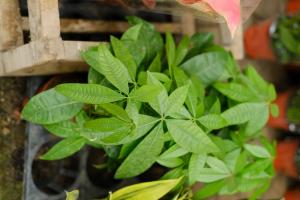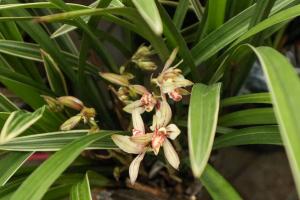Introduction:
Dogwood trees are popular ornamental trees known for their attractive blooms and foliage. But where you plant the dogwood trees is a crucial consideration. In this article, we will explore different hardiness zones to plant dogwood trees.
Hardiness Zones for Dogwood Trees:
Dogwood trees can grow well in hardiness zones 5 through 9. These zones are characterized by well-defined climatic conditions, such as temperature, humidity, rainfall, and seasonal changes. To select the appropriate hardiness zone for dogwood trees, you need to consider the following factors:
Factors to Consider When Planting Dogwood Trees:
Temperature:
Dogwood trees thrive in moderate temperatures, usually between 55°F to 75°F. However, some varieties can tolerate colder temperatures, such as those found in zone 5. If you live in a colder region, you should choose a cold-hardy variety, such as the Cornelian cherry dogwood, that can withstand temperatures as low as -30°F.
Soil Quality:
Dogwood trees prefer well-draining soil that is moist, fertile, and slightly acidic, with a pH of around 5.5 to 6.5. If the soil is too compact or alkaline, the tree may not flourish, so you may need to amend the soil with compost or fertilizers.
Light and Water:
Dogwood trees require sunlight to grow, but too much sun can scorch the leaves and flowers. They do best in partial shade or dappled sunlight, which helps retain moisture in the soil. Dogwood trees also need regular watering, especially during the first year of planting, to establish a healthy root system.
Best Hardiness Zones for Dogwood Trees:
Zones 5-6:
These zones have moderate temperatures that support the growth of dogwood trees, especially the cold-hardy varieties. Dogwood trees in zone 5 usually have pink or red flowers and can grow up to 25 feet tall. In zone 6, dogwood trees’ blooms can range from white to pink, and they grow about 20 feet tall.
Zones 7-8:
Dogwood trees in zones 7-8 are smaller and more drought-tolerant, so they need less watering. The blooms are usually pink or white, and the foliage has a dark green color. Some varieties, such as the Appalachian spring and Cherokee princess, tolerate the hotter temperatures found in zones 7-8.
Zone 9:
Dogwood trees in zone 9 are usually smaller and shrubbier, but they still produce beautiful blooms and foliage. They prefer partial shade and moist soil, but they can tolerate the higher temperatures and lower humidity found in zone 9.
Conclusion:
Planting dogwood trees in the right hardiness zone can make all the difference in their growth and health. By considering factors like temperature, soil quality, light, and water, you can choose the perfect spot for your dogwood trees to flourish. Whether you live in zone 5 or zone 9, there are dogwood tree varieties that will thrive in your area and add a stunning beauty to your garden.

 how many times do yo...
how many times do yo... how many planted tre...
how many planted tre... how many pine trees ...
how many pine trees ... how many pecan trees...
how many pecan trees... how many plants comp...
how many plants comp... how many plants can ...
how many plants can ... how many plants and ...
how many plants and ... how many pepper plan...
how many pepper plan...































